The Catering Boom: 7 Reasons Your Restaurant Can't Afford to Miss Out
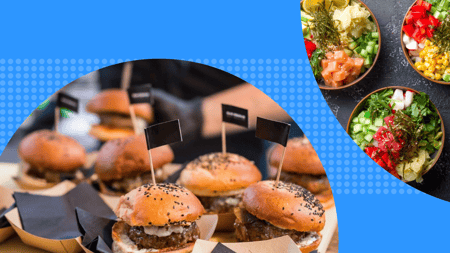
Olo helps restaurants drive profitable traffic through our fully integrated catering solution with average order values 10x mealtime orders. It’s just one more way Olo innovates so you can grow your business while doing more with less. Our mission: Hospitality at Scale™





































Olo’s Order, Pay, and Engage solutions work together to create a Guest Data Flywheel—helping brands leverage mission-critical known guest data to drive business momentum and create a faster path to profitable growth.
Increase direct sales with our secure, fast, and reliable ordering platform, built to integrate with your systems and meet guests where they are. On average, brands see a 190% increase in same-store sales year over year.
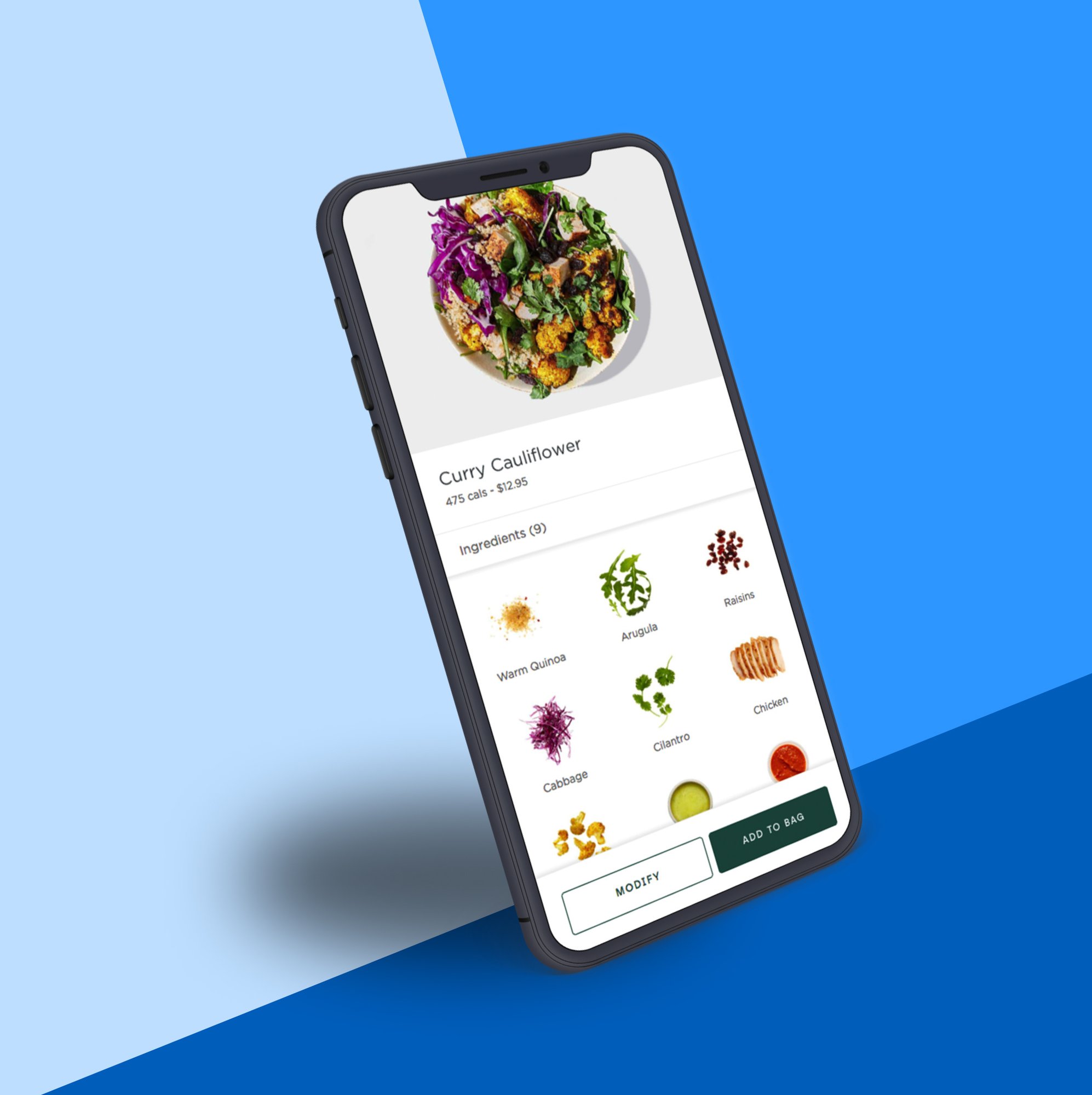
With 10x average order values compared to traditional mealtime ordering, catering is a major driver of profitable traffic. Olo’s Catering+ helps brands capitalize with a fully integrated, enterprise-grade catering solution.

Scale and protect your digital business with our comprehensive payment platform, proven to drive sales, reduce fraud, and simplify payment processes. Offer Borderless checkout, mobile wallets, and card-on-file support for added convenience.

Thoughtfully greet and serve dine-in and takeout guests with our all-in-one waitlist, reservation, order, and table management tool. For every 100 parties seated, Host users save 30 minutes of manual work on average.

Learn why (and how) leading brands are focusing on building a restaurant tech stack that digitizes every transaction, captures more data, and grows guest lifetime value.

We knew that we needed a restaurant-specific platform to process digital payments and combat fraud. Olo Pay is fully integrated with our tech stack, easy to set up, and we finally have a strong relationship with our payment provider.

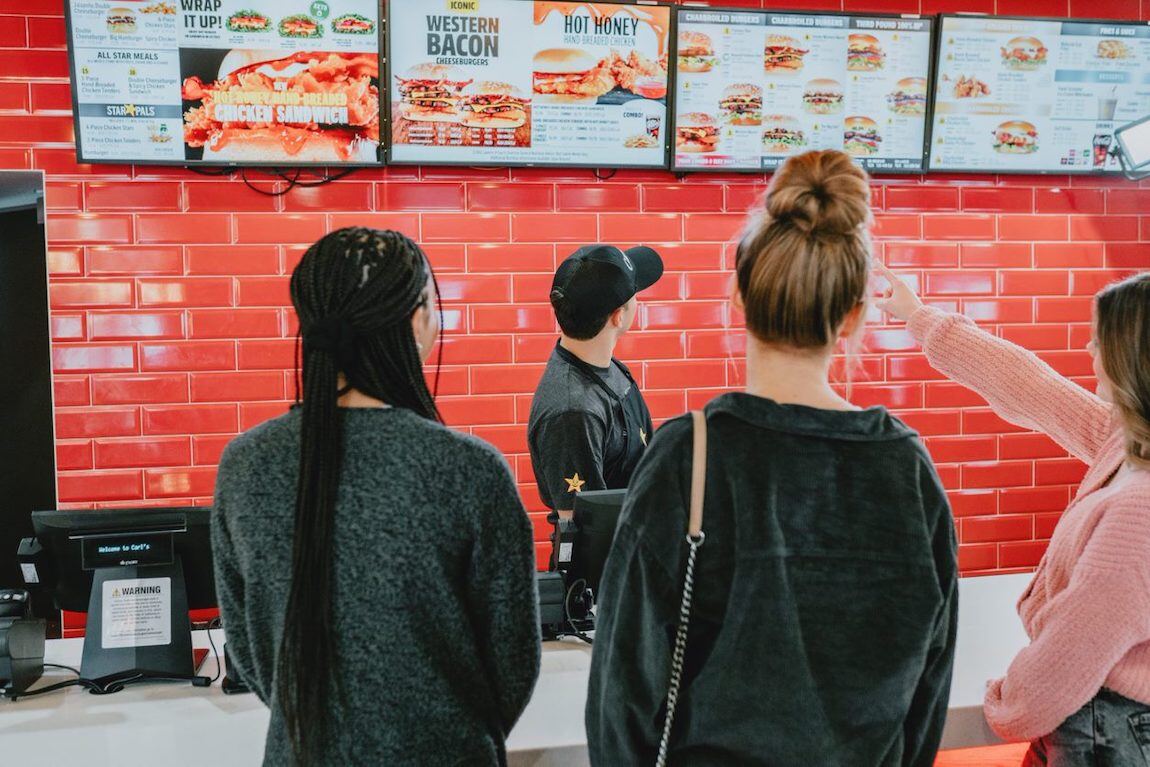
The speed to market and the true partnership that we’ve fostered over this short time have made Carl’s Jr. and Hardee’s digitally relevant. As we look toward the future and define our roadmap, we can count on Olo.
.jpeg)
Over time, our partnership has helped to increase our top-line sales, maximize profitability, establish and maintain direct consumer relationships, and collect, protect, and leverage our valuable consumer data.

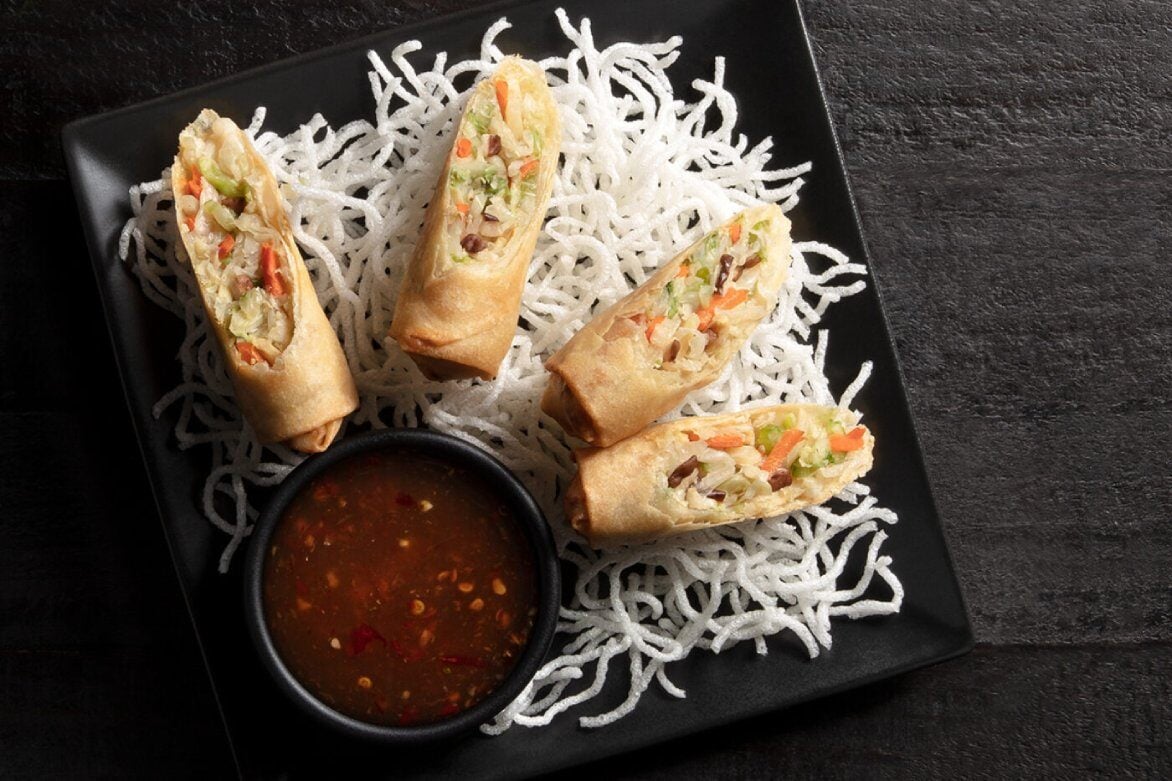
We’ve gained access to valuable insights like GLV, which enable us to not only customize the dining experience but also to tailor our culinary innovation and growth to the preferences and desires of our guests. That’s a huge unlock.

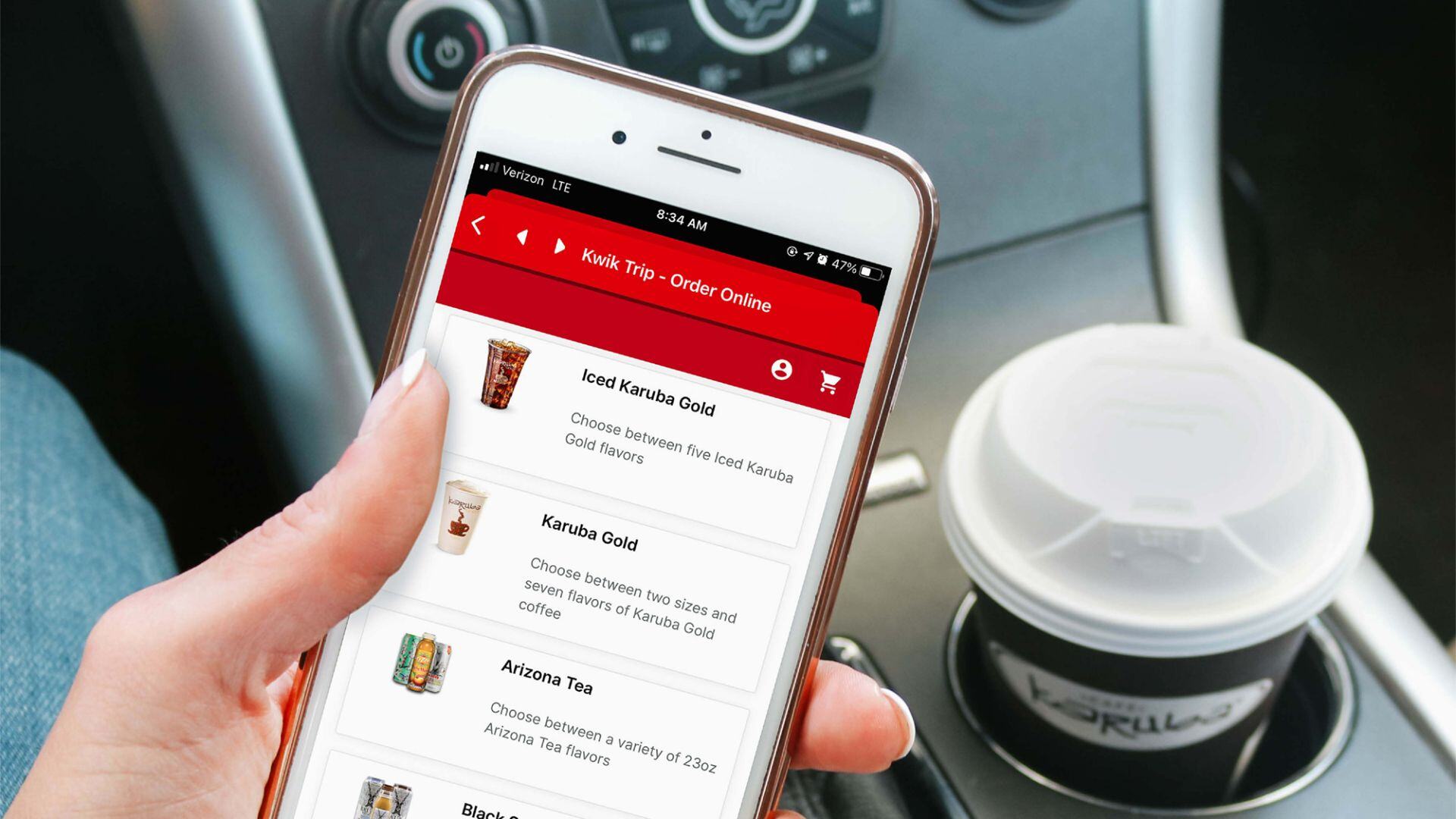
Olo solved several pain points, including multiple third-party tablets and order management issues, while also streamlining operations, allowing us to own our guest relationships, and helping us become a bigger food destination.
